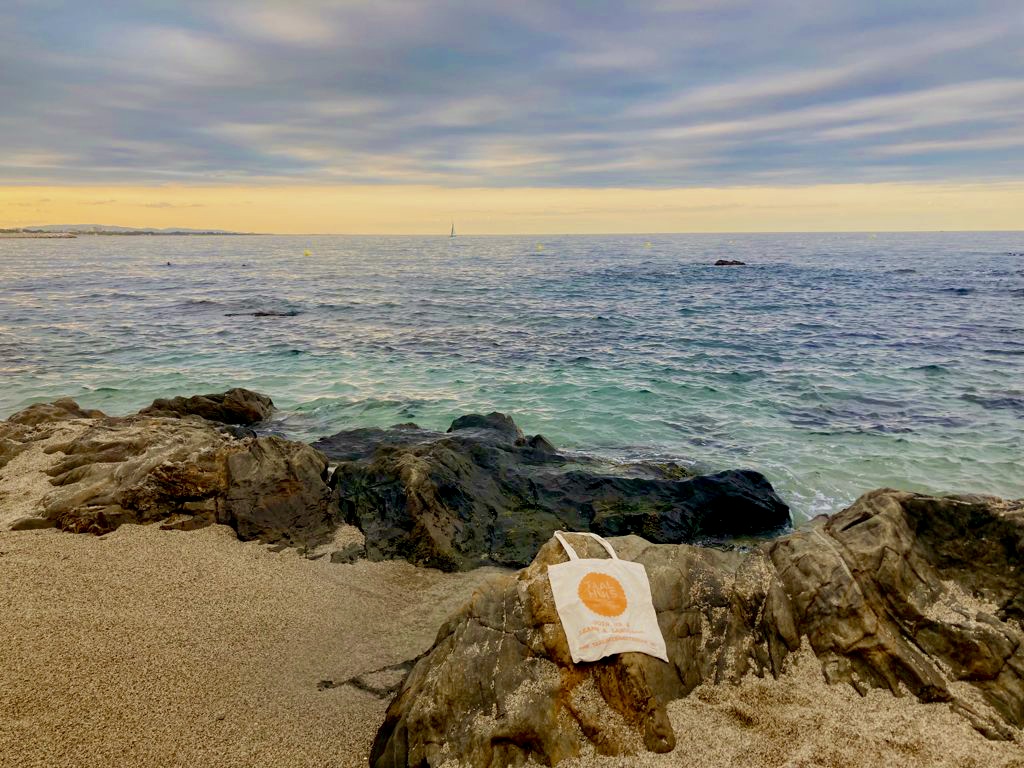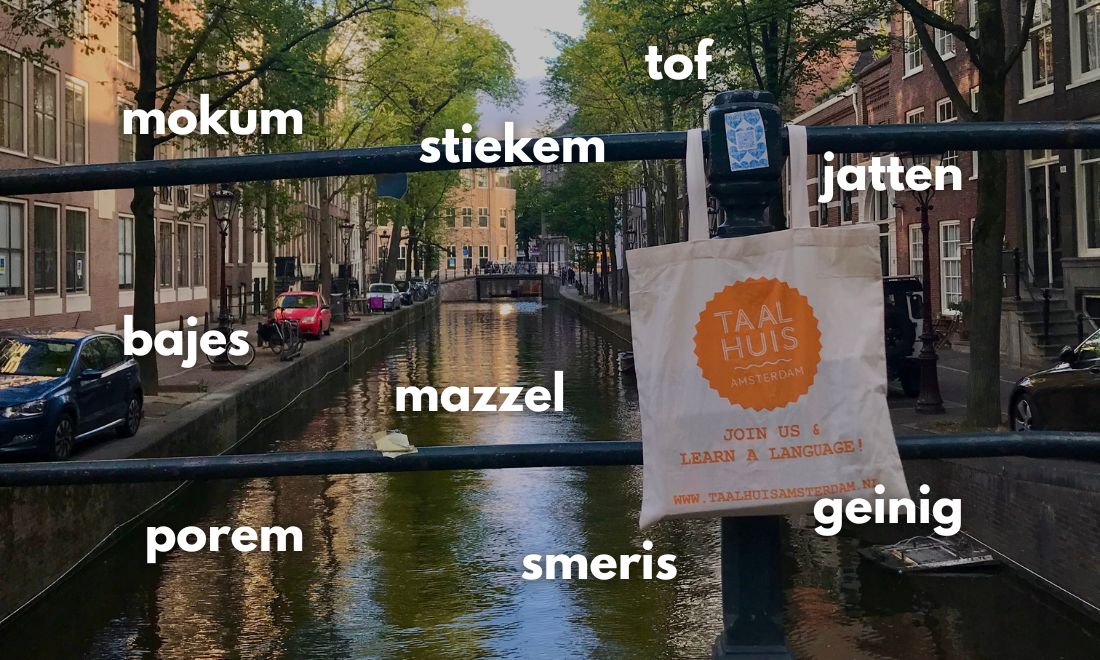Perhaps you noticed last spring that suddenly there was a thin layer of sand on your bike or car in the morning. If so, there is a good chance that it came from the Sahara – thanks to the sirocco, a southerly wind that carries hot and dry air from North Africa to the north.
This name might sound familiar if you once followed a language course at our Vondelpark location. That’s because our classrooms there are all named after Mediterranean winds: in addition to the sirocco also the meltemi, the tramontana, the levant and the mistral.
But where exactly do these winds blow, and what do their names mean?
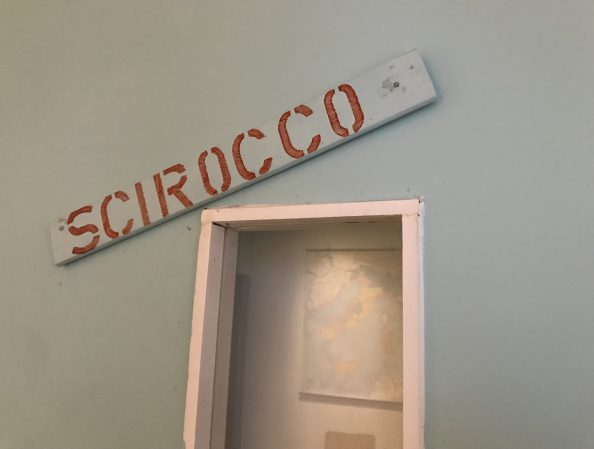
The sirocco usually blows during the spring, but also in November. The air of the sirocco is polluted with sand and dust, which comes down with rain. This can cause problems, especially in the North African coastal regions, because there the wind is still dusty and hot. When it has made its way into Europe this is already a lot less, although it can still lead to night temperatures of at least 30 degrees in the southernmost points of Italy.
Although it is a southerly wind, the name comes from the Arabic word for eastern (sharqiy). That’s because, before the southerly winds pick up, low-pressure areas in the Mediterranean are moving east. In Jordan a similar southern wind is therefore called sharkiye, and in Israel sharav.
Where French people write ‘sirocco’, Italians add a C (scirocco) and Spaniards remove a C (siroco). In other languages the word is already spelled in a more different way, although still recognizable: in Greece for example, the wind is called sorókos (σορόκος).
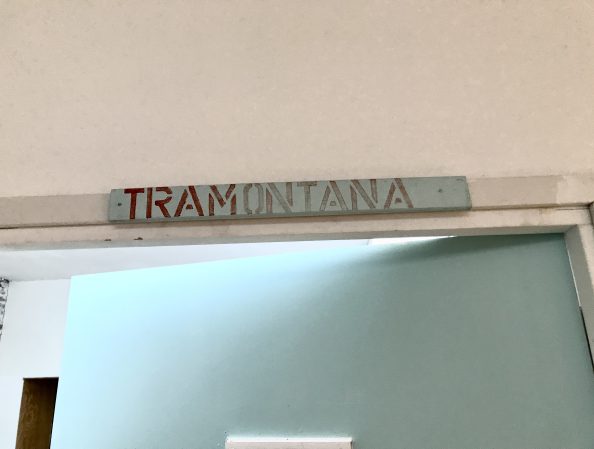
The tramontana blows in the opposite direction. This dry, cold and brisk wind comes from the northwest in France and heads towards the northern parts of Spain and Italy, sweeping through both the Pyrenees and the Alps. The route of the wind is also reflected in the name, which comes from the Latin transmontanus: ‘on the other side of the mountain’.
The name itself is reflected in a lot of expressions in Mediterranean languages. In Catalan Alt Empordà for example, people might say tocat per la tramuntana (‘touched by the tramontana’) when someone is acting a little crazy. The expression perdre la tramontane (‘losing the tramontana’) emerged in French in the 17th century, with tramontana meaning ‘polar star’ or ‘guide’. Molière also used the phrase in his ballet comedy Le Bourgeois Gentilhomme (The Bourgeois Gentleman, see image). This expression still exists, just like in Italian: perdere la tramontana.
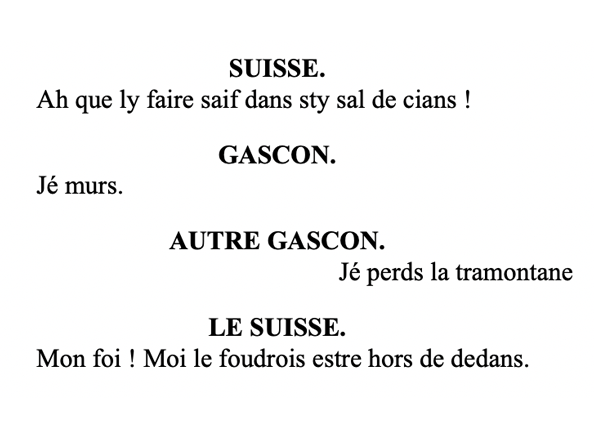
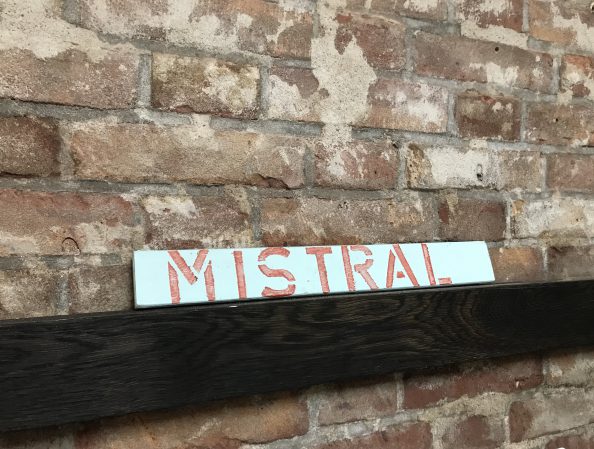
Just like the tramontana, the mistral travels from France to the south. This strong and cold wind blows regularly and occurs in every season, but especially in winter and spring.
The name mistral comes from the southern French dialect langue d’oc and means ‘masterful’. In Spanish it is called maestral and in Italian maestrale – it’s a maestro among the winds. And for a good reason: in an Old French proverb, the mistral is called one of the three scourges of Provence: Parliament, mistral et Durance sont les trois fléaux de la Provence. Vincent van Gogh also regularly complained in his letters that the mistral sometimes made it impossible for him to paint outside for days.
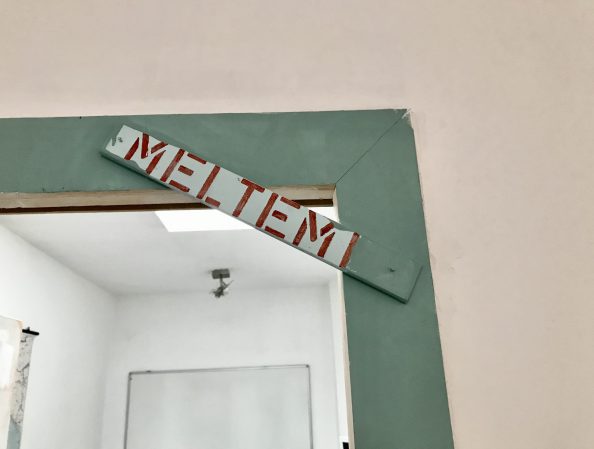
Meltemi is the name for the strong, dry north wind that blows over the Aegean Sea in the summer months. The meltemi is a good sailing wind, but sometimes actually quite dangerous: it can rise without warning in clear weather and reach 7 to 8 Beaufort – which is a reason for many yachts and ferries to stop sailing.
The meltemi is also known as the etesian wind, a word that comes from the Greek etesios (ἐτήσιος), meaning ‘annual’. The name meltemi comes from the Turkish word meltem, which means (sea) breeze: Serin, canlandırıcı bir meltem esiyordu denizden. (‘A cool, refreshing breeze was blowing from the sea.’)
In Turkish, Meltem is also a feminine name. Think, for example, of the Dutch film Mocro Mafia Meltem, in which the Turkish-Dutch character Meltem is central.
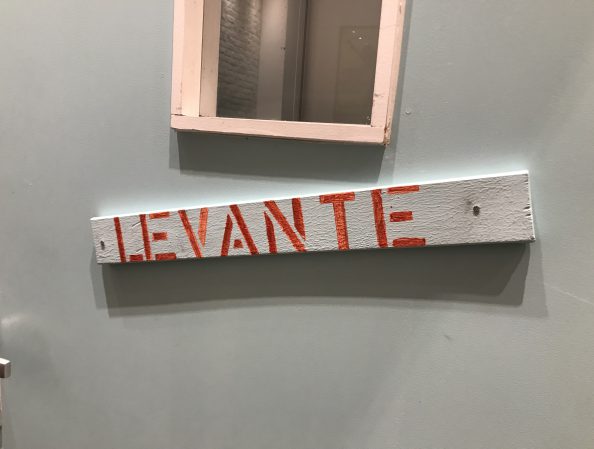
At the other side of Europe you might feel the levant(e), a warm and strong easterly wind that arises between the Moroccan and Spanish coasts, and blows on the north through the Spanish Sierra Nevada and in the south through the Atlas Mountains. The wind is especially strong in the summer months – and therefore important for surfers and kite surfers on the Spanish south coast.
Levante is also the name of a Spanish region along the eastern Mediterranean coast – specifically the regions of Valencia and Murcia. A football club from Valencia also owes its name to this wind: Levante UD. The word, which comes from the Latin levare (‘to rise’), refers to the sunrise, and thus to the east.
The Levant – so with a capital letter and without an E at the end – is also an historical-geographic name for an area in the Middle East, Bilad Al-Sham in Arabic. This includes present-day Israel, Jordan, Lebanon, Syria, and Palestine: countries where Levantine Arabic (shami) is spoken.
Blog by Dutch teacher Yoran.

